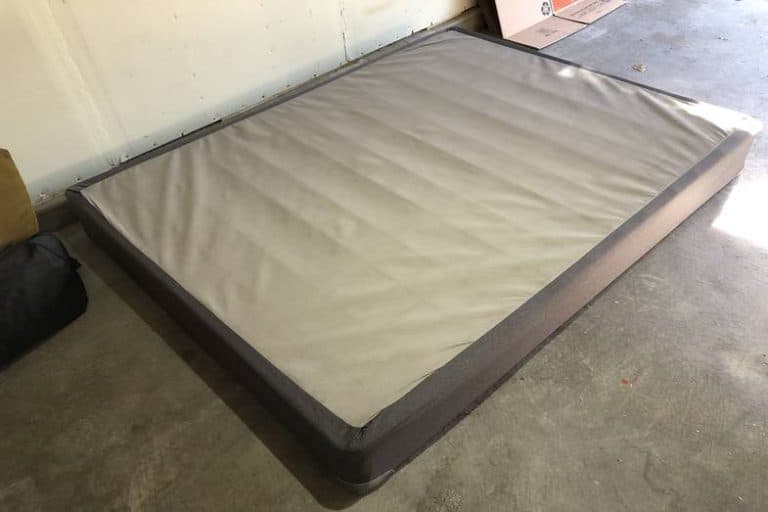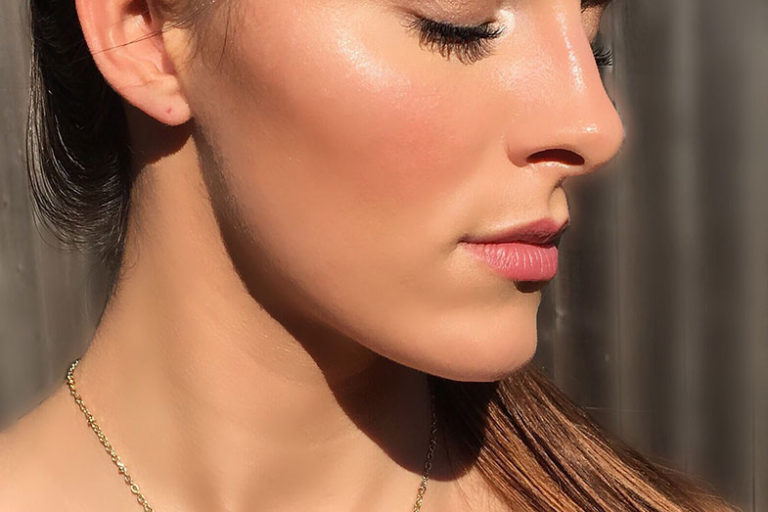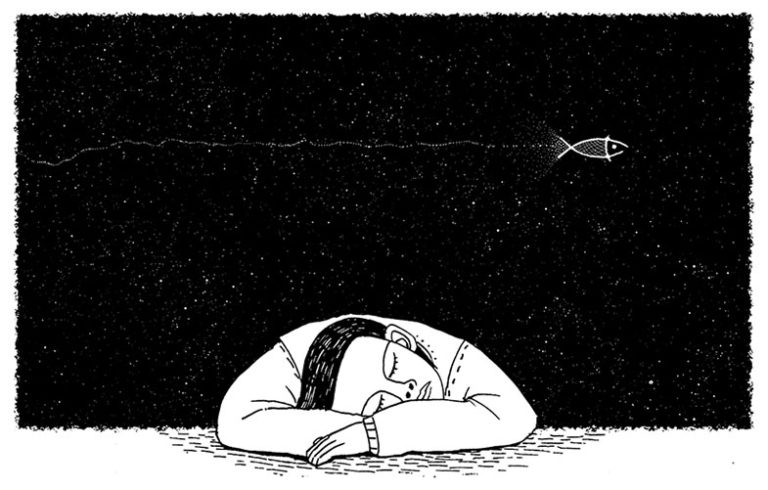Should a New Mattress Pad Be Washed Before Use?
Disclosure: We may get commissions for purchases made through links in this post.
Mattress pads are thick items designed to be placed on top of a mattress and below a bedsheet in order to help reduce allergens, protect the mattress from wear and tear, and add comfort to an old or poor-quality mattress. However, many mattress pad buyers are confused about whether or not they should wash it before using it, and if they do, how should they go about it. Knowing the right answers will ensure the mattress pad serves its purpose, not just the first time you use it, but for many years.
Should a new mattress pad be washed before use? Washing a newly purchased item before use comes down to preference, but it is best to wash a mattress pad before putting it on top of your mattress. This ensures you remove any factory and storage residue, dirt, or debris.
Let’s understand better why we need to wash our new mattress pads before using it, how to clean each type of mattress pad, and how often you should wash it.

Why Do I Need to Wash a Mattress Pad I Just Bought?
The fabric used in making a mattress pad has such a thing called “sizing, which is adding starch to help make the fabric rigid for easier and accurate sewing. The starch needs to be removed, and that is the primary reason why you should wash your newly purchased mattress pad before even using it, whether or not the label recommends washing it before use.
Much like a new comforter, washing new mattress pads before use is also essential because most, if not all of them have undergone chemical treatments prior to storage. Additionally, the warehouse where the mattress pads are kept before packaging might be full of dust and dander, as well as cockroaches and rodents that can walk on the product. The common “factory smell” is also one thing that you won’t have to worry about if you wash your new mattress pad.
How to Clean a Mattress Pad
Now that you’re fully aware of the importance of why should a new mattress pad be washed before use, let’s learn how to clean different types of mattress pads properly. This way, you won’t only have a fresh and clean pad, but also make sure you’re not destroying it or shortening its lifespan.
Do note, though, that most manufacturers will provide washing or care instructions that need to be considered and checked prior to washing. Nonetheless, below are general guides you can follow.
1. Vinyl and Cotton Mattress Pads
These mattress pads usually have the same washing instructions, and bleach should not be used on both. For cotton pads, you may use fabric conditioner, but for vinyl, it should be avoided since it can damage the fabric.
Here are the steps you should follow rigorously:
- Fill your washing machine with cold or warm water.
- Add the right amount of mild detergent.
- Swish the water-detergent solution to ensure they’re adequately mixed.
- Place your mattress pad, ensuring it’s submerged fully.
- Set your machine settings to a gentle cycle, and then wash for about 30 to 40 minutes, depending on when the last time you washed it.
- If the label says you can machine dry the pad, add tennis or dryer balls and then tumble dry using the low heat setting.
- If the manufacturer recommends air drying, hang your mattress pads with the vinyl facing up. Once dried, flip the pad over to dry the other side completely. It is best to hang the pad on a clothesline and fasten with a clothespin. If not possible, just make sure the pad drapes so that the water drips.
2. Foam Mattress Pads
Foam is a material that absorbs water, so washing it might be tedious. Likewise, foam pads are sensitive to heat and can be torn when machine-washed. Hence, spot cleaning is the best way to clean these pads, but you can still wash them entirely if you want to.
To spot clean the foam mattress pad, follow these steps:
- Lay a clean cloth with a size equal to or bigger than your mattress pad’s size.
- Remove the mattress pad and place it on top of the cloth you prepared.
- Get your vacuum cleaner, attach the soft brush head, and vacuum the entire pad on both sides, in a circular motion.
- Soak a toothbrush in an enzyme-based or homemade cleaner (equal parts lemon juice, distilled white vinegar, and water). Use it to brush, from the outside to the inside, any stains on the pad.
- Leave the solution for about 10 to 15 minutes.
- Using an absorbent cloth or sponge soaked in clean water, blot the treated spots more than once until the stain looks lighter or completely removed.
- Blot dry using a clean, dry towel, and then let the pad air dry.
- Once dry, vacuum it again using a soft brush attachment.
To clean the entire pad, here’s what you need to do:
- Prepare a cleaning solution by diluting one part of low-sud, mild detergent to two parts of clean water in a bottle sprayer. You may also use the water-lemon-vinegar solution as above.
- Lightly spray the entire pad.
- Leave the solution for approximately 20 to 30 minutes.
- Spray the pad with clean water to rinse and then dry it using a wet-dry vacuum cleaner. If you think that isn’t enough, you may rinse it using a hand-held shower head, and then press gently to remove some of the water absorbed.
- Leave to air dry for days, making sure you turn it a few times in a day.
- Once dry, vacuum it again using a soft brush attachment.
3. Down Mattress Pads
Similar to a down pillow (Check price on Amazon), a down mattress pad has feathers inside, so you need to make sure the pad has no open seams. If there are, sew them first before washing the pad using a front-loading washing machine.
After sewing any open seams, follow this washing guide:
- Spot clean the pad using the same technique for foam mattress pads, but with a mild, low-sud detergent or down cleaner.
- Add cold water to the washing machine and the right amount of down cleaner or mild, low-sud detergent.
- Soak your down mattress pad and wash using the gentle cycle setting.
- Once done, rinse twice.
- After that, add tennis or dryer balls, set the dryer to low heat, and then dry the pad for 15 minutes.
- Remove the pad from the dryer and break up the feathers using your hands.
- Place the mattress pad back in the dryer and then dry for 15 minutes—repeat steps 6 and 7 twice until the pad is dry.
- Let the down mattress pad air dry before using it again.
4. Egg Crate Mattress Pads
Egg crate mattress pads have nearly the same texture as a foam mattress pad, but are lighter and have crevices. For brands not designed to be machine-washed, you can use the same spot cleaning technique for foam mattress pads. Just make sure you vacuum the crevices efficiently.
If the egg crate mattress pad is machine-washable, you would need an oversized or commercial-type washing machine and then follow these steps:
- Put cool water in the machine and add a minimal amount of mild detergent.
- Swish to mix
- Soak your mattress pad, set the washer to a gentle cycle, and then start.
- Rinse and then dry using low heat.
- Leave the mattress to air dry.
How Often to Wash Mattress Pads

Since the bedsheet somewhat protects your mattress pad from dirt and dust, you can wash or clean the pad every three or four months. If, however, you sleep with your dog or cat, you must wash it once a week or every two weeks, depending on how much your furry friend sheds and bathes. You might need to wash the pad more frequently if you have a down, egg crate, or foam or memory foam mattress pad (Check price on Amazon) since fur sticks more to them than the other types.
You can ignore the recommended schedule of washing if you spill anything on your bed. In this situation, you must wash your pad immediately to prevent stains, molds, mildews, and foul odor.
Last Few Tips
As you may have noted from the cleaning or washing methods discussed, any type of mattress pad should be dried completely before placing it on top of your mattress. This way, you can prevent mold and mildew growth, as well as foul odor development.
In case your mattress pad has a smell already, the baking soda technique can help. To do this, sprinkle baking soda on the pad and leave for five to 10 minutes. Using your hands, try to remove the baking soda and then vacuum the pad with a soft brush attachment.
Additionally, when it’s time to wash your mattress pad, take this opportunity to clean your mattress. You can use the same spot cleaning technique for stains, baking soda method for odors, or just vacuum dry it. You can also spray the mattress with Lysol to remove any microorganisms lingering. Lastly, if you have allergies, a hypoallergenic mattress pad (Check price on Amazon) would be a great purchase.






